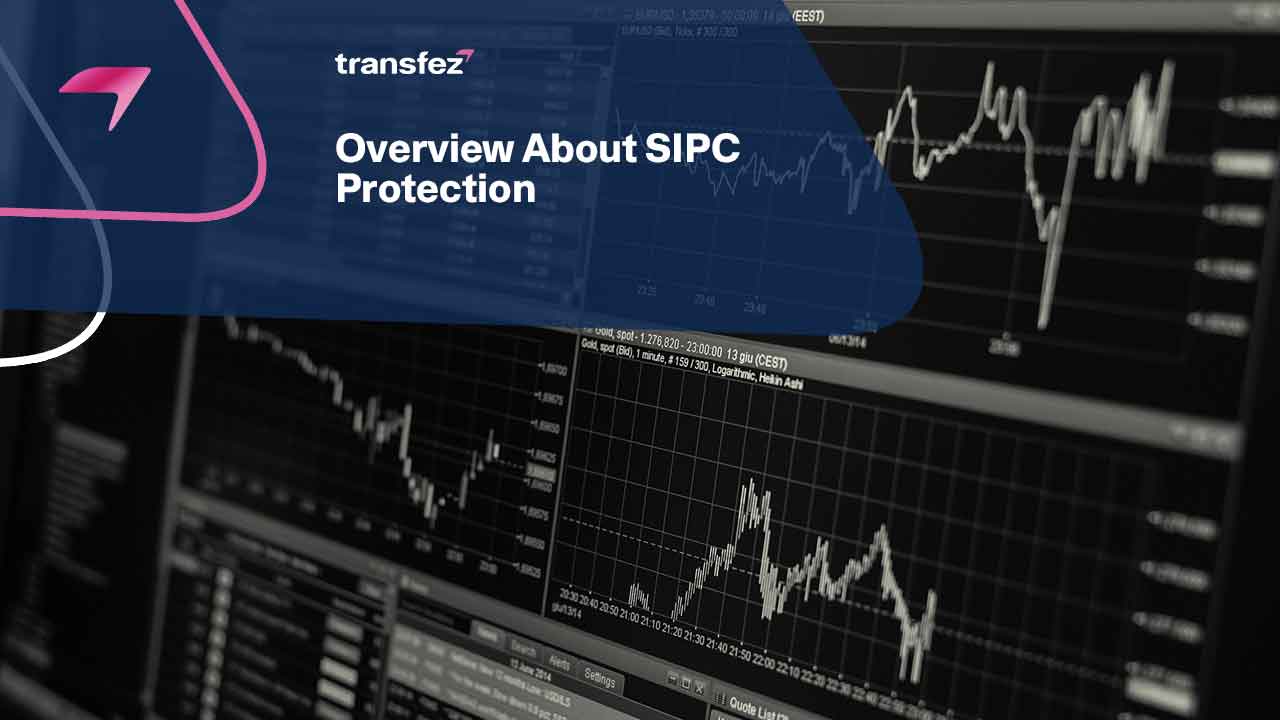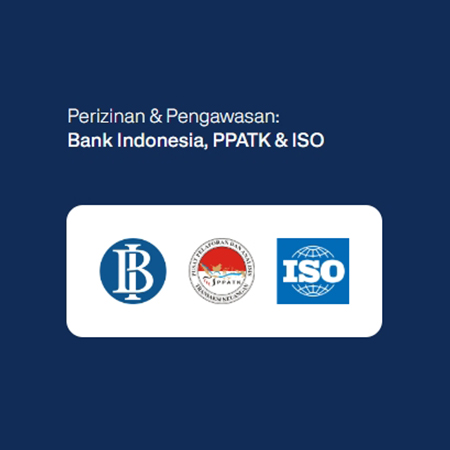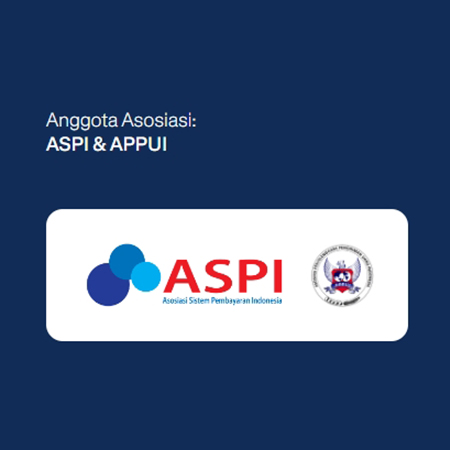
A customer’s cash and securities, such as stocks and bonds, held in a brokerage company that is a SIPC member but is experiencing financial difficulties are protected by SIPC. A $250,000 cash cap is included in the $500,000 SIPC protection cap. When assets are missing from customer accounts at failing brokerage firms, the majority of consumers are safeguarded.
A consumer is not required to live in the United States or to be a citizen of the country to get SIPC protection. The same rules apply to citizens who have accounts at SIPC member brokerage firms as they do to residents or citizens of the United States who have accounts there. For more details on SIPC protection, see the following paragraphs.
About SIPC Protection
The non-profit Securities Investor Protection Corporation, or SIPC protection, is another organization that offers protection for the assets in your brokerage. The SIPC will intervene to make you whole by offering up to $500,000 in coverage in the unusual event that your broker or robot-advisor fails financially, fails to transfer your money to another covered business, and investors’ assets go missing or are in danger.
A non-governmental organization called SIPC protection ensures the majority of assets, including stocks, bonds, and mutual funds. SIPC, however, does not cover losses brought on by a decrease in the market value of your stocks. Additionally, it does not offer protection for investment contracts that are not SEC-registered.

SIPC Protection Mission
Under the Securities Investor Protection Act, SIPC protection was established as a non-profit membership corporation. When a member company closes due to bankruptcy or other financial difficulties and client assets are absent, SIPC manages the liquidation of such member companies. Securities Investor Protection Corporation (SIPC) and the court-appointed Trustee seek to recover client securities and cash as soon as feasible in a liquidation under the Securities Investor Protection Act.
The comprehensive system of investor protection in the United States includes SIPC, which is a significant component. While many federal and state securities regulators and self-regulatory bodies address allegations of investment fraud, SIPC’s concentration is distinct and limited to recovering customer funds and assets that were held by brokerage companies that were insolvent or experiencing other financial difficulties.
See Video How To Easily Send Money International with Transfez
SIPC Protection Early History
The Securities Investor Protection Corporation (SIPC) was founded in the challenging years of 1968–1970 when a backlog of paperwork resulted from an unusually large trading volume and was swiftly followed by a sharp decrease in stock prices. Numerous broker-dealers merged, were purchased, or simply stopped operating. Some failed to fulfil their promises to clients and filed for bankruptcy. The public’s trust in the American stock markets was at risk.
The Securities Investor Protection Act (SIPA) is enacted in 1970, and SIPC is established. Each client is covered up to $50,000, with a cap of $20,000 applied to cash claims. SIPC marks its fifth anniversary in 1975. SIPC has defended consumers in 117 customer protection cases in its first five years. Then, the SIPC marks its 30th anniversary in the year 2000. It has 291 customer protection actions during its first 30 years, and SIPC protection has defended consumers.
Send Money Easily to Different Countries
How to Send Money to Hong kong
How to Send Money to China
How to Send Money to Malaysia
How to Send Money to Japan
Current SIPC Protection
In 2020, the Trustee for the Bernard L. Madoff Investment Securities LLC liquidation had disbursed almost $13.9 billion and recovered $14.4 billion by year’s end. Any Customer with a Net Asset Value of up to and including $1.58 million was made whole. Over 68.60% of the net money given to the Madoff business by customers with greater claims has been paid out.
Currently, investors at financially unstable brokerage companies already run the risk of losing their stocks or money permanently without SIPC. Even though not every investor or transaction is covered by SIPC protection, no less than 99% of those who qualify to receive their capital returned thanks to SIPC. Through December 2020, SIPC will have advanced $3.1 billion, enabling the recovery of $141.8 billion in assets for an estimated 773,000 investors since it was established by Congress in 1970.
SIPC Protection Rules
For stolen or missing cash and/or securities from a customer’s accounts kept at the institution, SIPC protection coverage offers up to $500,000 in total coverage per customer. It also covers the use of up to $250,000 of that sum to safeguard funds in a customer’s account that have not yet been invested in securities. Plus, it offers defence in the event of unlawful trade or account theft.
Investment losses, worthless stocks, or other securities are not covered by SIPC insurance. Unless the attack caused the company to be driven into liquidation, it does not pay damages brought on by account hacking. accusations of unsuitable or subpar investment advice. The Financial Industry Regulatory Authority, the Securities and Exchange Commission, and state securities authorities address complaints against businesses.
Download Transfez App
Transfez App can help you transfer money abroad more quickly and efficiently. Transfez Business can also help your business in making transactions abroad. For those of you who want to send money to relatives who are abroad because they are studying, working, or traveling, Transfez will be ready to help. This app is available on Android as well as iOS.
Closing and Conclusions
The Securities Investor Protection Act of 1970 mandates that companies that provide stocks, bonds, and other assets to the general public, as well as clearinghouses that process account transactions, become members of the SIPC. Customers are not required to enrol, and individual investors are not permitted to acquire additional coverage. The SIPC protection offers a combined $1 million in protection, or $500,000 on the Roth account, and $500,000 on the conventional IRA if you hold both a Roth IRA and a traditional IRA at the same institution.











